Prince’s Islamophilia as a Problem: ‘It’s Fun to Be in Islamic Countries’
The late musician Prince said in a 2011 interview in The Guardian: “It’s fun being in Islamic countries, to know there’s only one religion. There’s order. You wear a burqa. There’s no choice. People are happy with that.” But it's not quite that simple.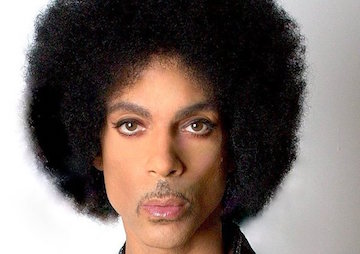 Prince's 2016 passport photo. (via Twitter)
Prince's 2016 passport photo. (via Twitter)
Prince’s 2016 passport photo. (via Twitter)
This post originally ran on Truthdig contributor Juan Cole’s website.
In a 2011 interview in The Guardian, the late musician Prince said something that surprised his interviewer, Dorian Linskey:
“It’s fun being in Islamic countries, to know there’s only one religion. There’s order. You wear a burqa. There’s no choice. People are happy with that.”
Mr. Linskey, music writer for The Guardian, appears to have been taken aback by the assertion. He asked Prince about the women who dislike wearing the full-face veil or burqa.
“There are people who are unhappy
with everything . . . There’s a
dark side to everything.”
These brief remarks demonstrate that Prince was the opposite of the typical American Islamophobe. He was favorable to Islam and Muslims despite being a devout Christian himself in late life (this position is called Islamophilia, or love for Islam in Greek as opposed to fear of it). Those who hate Islam project their anxieties on it, seeing it as fostering violence and lawlessness and fanaticism. They ignore that Western societies in the past two centuries have been many times more violent than Muslim ones. They make “Muslim” a marked identity, as the exotic and exceptional, and for that reason can never accept the normalization of American Islam.
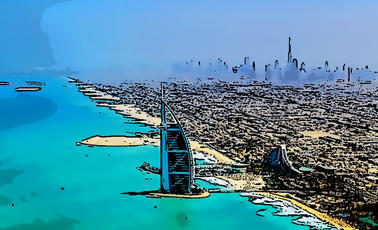
Mr. Linskey did not look convinced. Prince became impatient with trying to defend his position:
“I don’t want to get up on a soapbox. My view of the world, you can debate that for ever. But I’m a musician. That’s what I do. And I also am music. Come to the show for that.”
So when Prince toured Muslim countries (he was in the United Arab Emirates in 2010 and again in 2015), he formed a view of the religion and its culture. This was long after Larry Graham, former bassist for Sly and the Family Stone, had introduced him to the Jehovah’s Witnesses, the religion he embraced at the turn of the Millennium. He even went proselytizing door to door for it. He remarked,
“I was anti-authoritarian but at the same time I was a loving tyrant. You can’t be both. I had to learn what authority was. That’s what the Bible teaches. The Bible is a study guide for social interaction. . . If I go to a place where I don’t feel stressed and there’s no car alarms and airplanes overhead, then you understand what noise pollution is. Noise is a society that has no God, that has no glue. We can’t do what we want to do all the time. If you don’t have boundaries, what then?”
So here’s the problem. After partying like it was 1999, Prince sought spiritual structure for his perhaps out of control life. Once he became a Jehovah’s witness, his lyrics became less obsessed with sex. He clearly felt that that the Jehovah’s Witnesses gave him some sort of social power to fight off overwhelming impulses.
Prince said that he turned to the Bible for guidance in how to interact with others.
It is in this context of his own conversion to a puritanical and rather controlling religious sect that his remarks on Islam make sense. He clearly saw it as an analogue to the Jehovah’s Witnesses. The sense of order and moral absolutes he had found in his own sect were also present in the Islam he saw in the Gulf.
There is order, he said, in Muslim societies. In the Gulf, men tend to wear the thawb or loose robes, which allows air to circulate next to the skin so as to cool off in the torrid heat. On their heads they wear a covering against sun and sand, the ghutra or white kaffiyyah. It is held in place by an agal (`iqal), a black cord. Women in the Gulf tend to wear the black burqa or niqab, a robe and then a full-face veil. (They are often dressed very fashionably underneath).
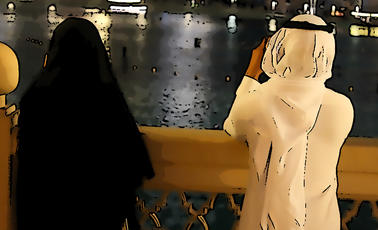
Prince was in error that all Muslims dress in this Gulfie way. Actually only the small citizen populations in the Gulf– 1.4 million in the UAE, 250,000 in Qatar, 20 million in Saudi Arabia, etc., wear this kind of clothing. The other 300 million Arabs tend to wear European clothing, and they have as much choice in what to wear as any Westerner does.
Likewise, the idea that there is only one religion in a place like the United Arab Emirates is daft, though it is true that almost all Emiratis are Muslim. But they are only 18% of the resident population. Some 55% of the resident population is Muslim and a quarter are Hindus. There are also Nepalese and Sri Lankan Buddhists. and Filipino Catholics. The Gulf is religiously a hodgepodge. Even the native Gulfies are divided among Sunni and Shiite and Wahhabi and Sufi and secular.
So the monochrome character of religious life in the Gulf is a myth that Prince projected on the place out of ignorance, and it seems to me to symbolize for him the good society, the kind of society where everyone was a Jehovah’s Witness.
Many Muslim women in the world do not veil, i.e. do not wear anything on their heads, and even fewer did so just a few decades ago. The full face veil and black robe or burqa is unusual. It is a kind of national dress for many Gulf women, but only puritanical Salafis wear it elsewhere in the Muslim world. Egypt is preparing legislation to ban the burqa as un-Egyptian. There are 85 million Egyptians and only a few million Gulfies.
Whether Gulf women are happy to wear the veil is difficult to know. But Prince thought most of them were happy to have order imposed via their clothing. Prince seems to have resented being made by his celebrity to be sartorially extravagant. He saw the burqa the way you might see Amish dress, as chaste, ordering and plain.
Prince’s remarks about Islam were therefore idealizations based on a limited exposure. He identified the tiny Gulf states as normative, when they are not. And he idealized places like the UAE. The Emirates are relatively orderly, but not as Prince imagined. Juvenile delinquents hotrod their sports cars through the streets. Ski jet operators buzz beach goers. There is a small but significant drug problem. There is a big problem with obesity.
In the end, Prince’s express admiration for Islam as he encountered it did the religion and Muslims a disservice. He used it for the purposes of the US Religious Right, to symbolize the opposite of American individualism, against which he was by then rebelling. He used it as a symbol of order and conformity.
This view of Islam is positive. It is, however, monochrome and inaccurate.
Westerners have to stop using Islam to symbolize things that have gone wrong in their own societies, and instead to take it on its own terms.
Your support matters…Independent journalism is under threat and overshadowed by heavily funded mainstream media.
You can help level the playing field. Become a member.
Your tax-deductible contribution keeps us digging beneath the headlines to give you thought-provoking, investigative reporting and analysis that unearths what's really happening- without compromise.
Give today to support our courageous, independent journalists.

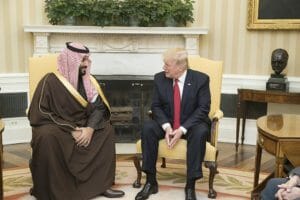
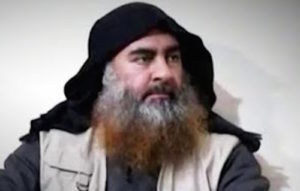
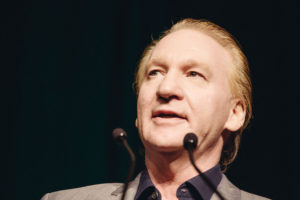

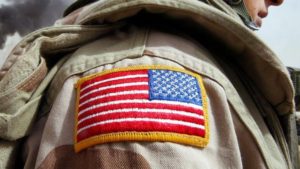
You need to be a supporter to comment.
There are currently no responses to this article.
Be the first to respond.